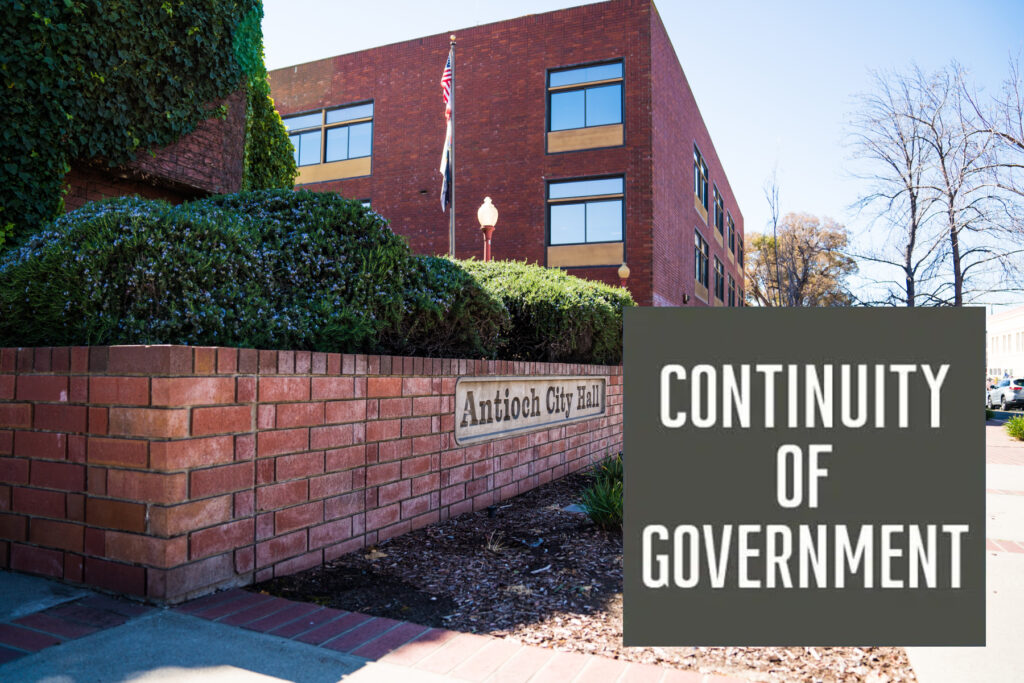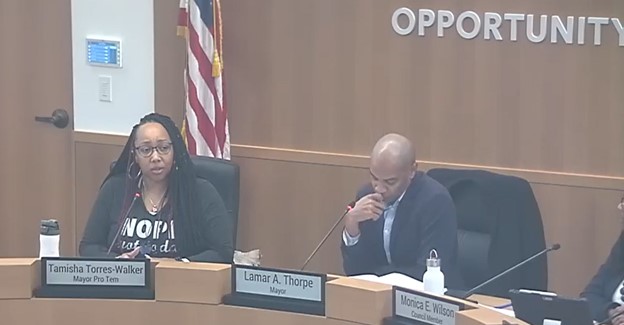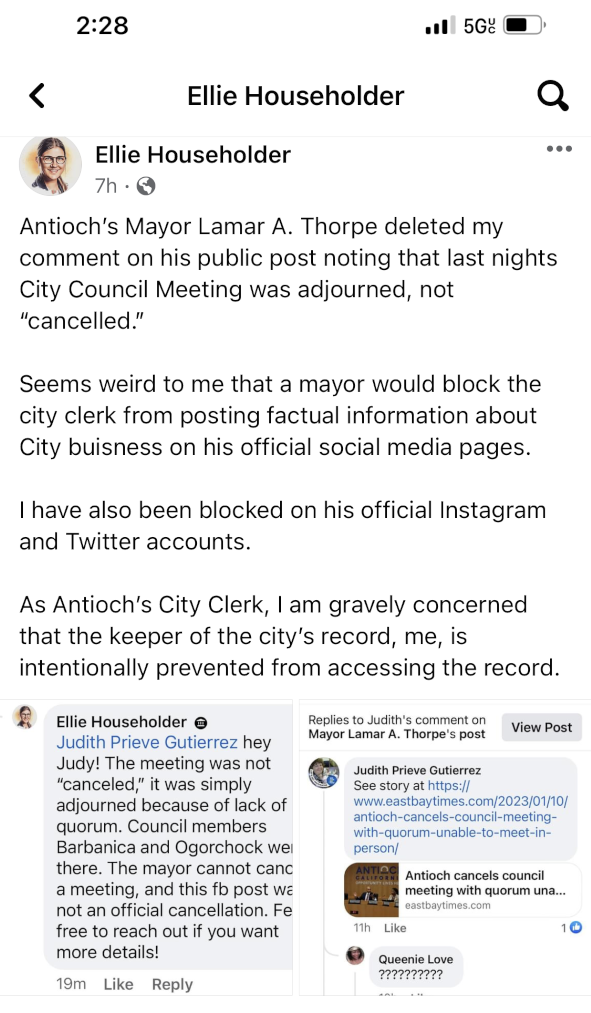Antioch Council approves another cannabis business, Mayor Thorpe publicly apologizes for his past behavior
Wednesday, January 25th, 2023
Mayor Lamar Thorpe had his right arm in a sling without explanation during the Antioch City Council meeting on January 24, 2023. Video screenshot.
Recognizes MLK Day, approves $1 million for small business grants
By Allen D. Payton
During their meeting on Tuesday, Jan. 24, 2023, the Antioch City Council voted for another cannabis business and $1 million in federal funds for small business grants. They also recognized MLK Day, honored Antioch’s 2022-23 Lifetime Veteran of the Year and proclaimed Friday, January 27, 2023 as Grace Bible Fellowship of Antioch Day.
The council also approved the Housing Element Update which included Amendments to the East Lone Tree Specific Plan for the Commercial and Employment Phase and tabled a proposed new salary range for department directors. (See related articles here and here)
Closed Session Report
At the beginning of the regular council meeting, City Attorney Thomas L. Smith reported out from Closed Session saying, “the City Council decided to settle the case by $10,000.” It passed on a 4-1 vote with Mayor Pro Tamisha Torres-Walker voting no.
In the case, David L. Cook sued the City alleging “that he was improperly arrested and detained on multiple occasions”.
Smith also said there was no reportable action on the performance evaluations of City Manager Con Johnson and himself.
District 3 Councilwoman Lori Ogorchock asked to move up Item 10 on the agenda regarding the department director salary adjustments after the proclamations. The council unanimously approved the motion.
MLK Day Recognized
The Rev. Dr. Martin Luther King, Jr. Day was recognized by the council due to the cancellation of the MLK Day of Service because of the weather. The council shared Dr. King’s “I Have a Dream” speech.
“This will be our small version of our MLK Day event,” Thorpe said. “As I’ve listened to some folks quote Dr. King…that person has never listened to Dr. King’s speech because he’s taken so out of context. This is a man who is more complex than ‘I Have a Dream’.”
A video of the civil rights leader’s 17-minute speech in August 1963 during the March on Washington for Jobs and Freedom was then broadcast followed by remarks from Dr. Lamont Francies, Senior Pastor of Delta Bay Church in Antioch, and a poem entitled “What if” by Jose Cordon who Thorpe appointed last year at the city’s poet laureate.
Thorpe Asks Forgiveness for His Past Behavior
Mayor Lamar Thorpe, who had his right arm in a sling during the meeting, then publicly apologized for his behavior, last year.
“If I have embarrassed this city…I ask your forgiveness,” Thorpe stated.
But he then said, “I want to challenge you, myself because you all aren’t perfect so there should be no finger pointing.”
An effort to ask the mayor why his arm is in a sling was unsuccessful prior to publication time.
Later, during his Mayor’s Comments, Thorpe said, “We wasted so much time, last year beating each other up. Rather than recall me help me in getting people housed.”
Commission Appointments
The council then moved up Items 7 and 8 on the agenda for the appointments of Antwon Webster to the Board of Administrative Appeals and Dorothy Ellis to the Parks and Recreation Commission, both on 5-0 votes.
Honors & Proclamations
The council then honored resident Autrey James who was selected the 2022-23 Antioch Lifetime Veteran of the Year and proclaimed Friday, Jan. 27, 2023 as Grace Bible Fellowship of Antioch Day. (See related article) Autrey James Antioch Lifetime Veteran of the Year 2022-23
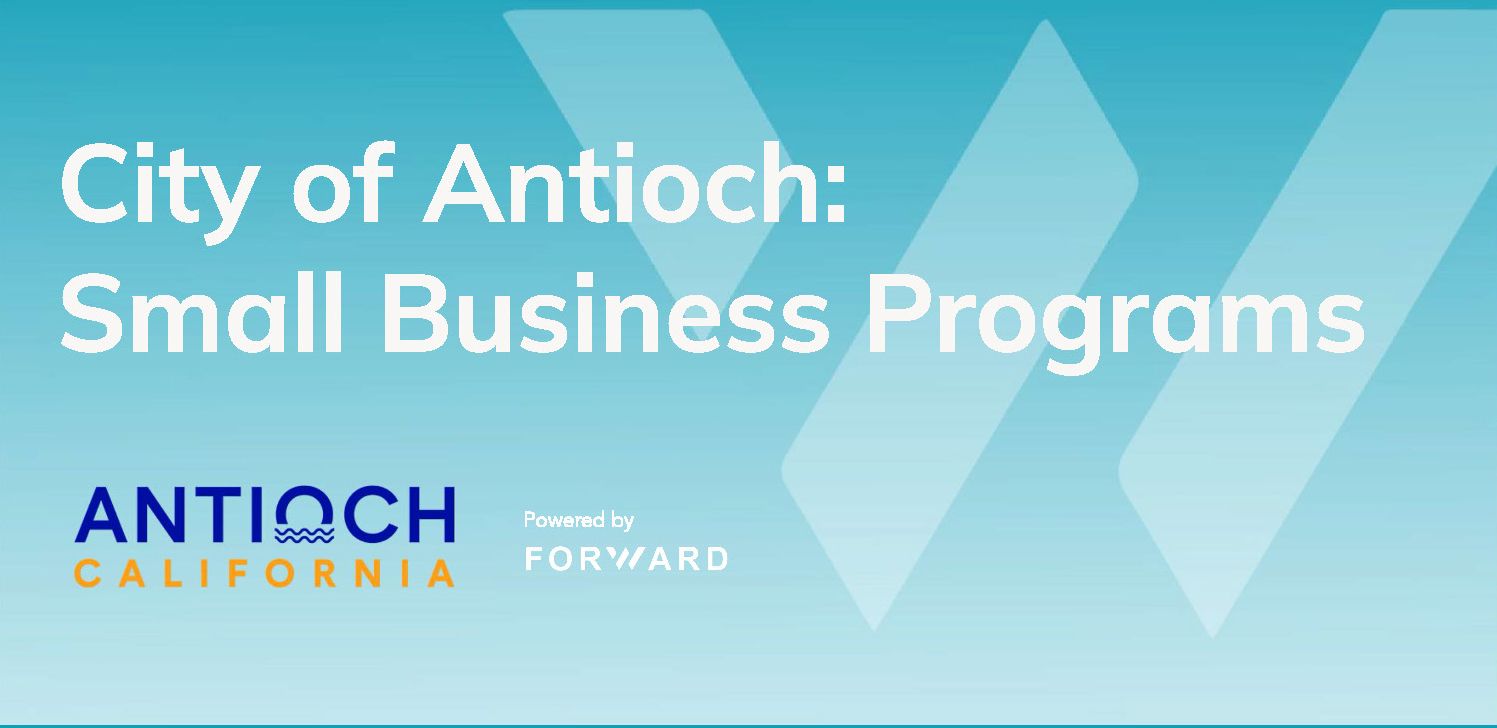
Approves $1M for Small Business Grants
During the Consent Calendar portion of the meeting, the council authorized the Economic Development Director to disburse American Rescue Plan Act (ARPA) funds up to $500,000 for Small Business Grants and up to $500,000 for Façade Upgrade Grants. City of Antioch Small Business Programs ACC 012423
According to the city staff report, “The City of Antioch is partnering with FORWARD to support eligible small businesses in Antioch. FORWARD is a platform that helps public agencies administer programs through an online portal. FORWARD’s scope of work includes marketing/outreach, an application intake portal, application processing, fraud protection, email, chat, and call center support, and data reporting.
The Small Business Grant program will provide grant payments ranging from $5,000 to $15,000 for eligible small businesses that experienced a negative financial impact due to the COVID-19 Pandemic. The Façade Upgrade Program will provide reimbursement grants ranging from $5,000 to $25,000 for eligible small businesses that have experienced a negative financial impact from the COVID-19 Pandemic.”
Application intake for both programs will begin February 1, 2023.
Approve Another Cannabis Business on Split Vote
The council on a 3-2 vote approved the cannabis operating agreement for Natural Supplements, Inc. According to the city staff report, the business which already holds a Cannabis Business Use Permit approved by the council last February, will be located at 2100-2300 Wilbur Avenue and include construction of two buildings, of 11,200 and 19,500 square feet. Approval of the operating agreement will result in increased revenue to the City and the social equity program supported by the operating agreement from Natural Supplements’ business. The proposed recipient of the social equity program is Rubicon, which has several locations in the county, including one in Antioch.
“I would like to see the list of the non-profits we are going to include in the equity program,” Ogorchock said. “There’s some of them the list that I’d like to see come back.”
“I’ve been on the Cannabis Standing Committee for the past two years,” Torres-Walker stated. “I was disappointed there wasn’t more of a public process to select the equity partners. There was a commitment to have a public process, but that process has not begun.”
She explained that the intent of the funds are, “to clean up around the impact…of cannabis as a result of the War on Drugs and the criminalization of cannabis…to Black and brown communities.”
“There is no requirement to report back to this council or anyone else the impact of the funds,” she continued. “I know that Rubicon does that in the community. But I’m concerned a lot of these organizations don’t have to report.”
“Moving forward I hope the community can attend these standing committees and…have your voice heard,” Torres-Walker added.
“In our original cannabis policy, the requirement was if social equity was the avenue we were going to take, the applicant was responsible for finding the equity partner,” Thorpe shared. “Because we don’t have the capacity at the city to support a social equity program.”
“There is an annual review of all these equity programs by the city attorney,” he added.
“I understand what you’re saying, mayor and I’m clear the public doesn’t understand the process,” Torres-Walker responded. “I’m just saying it’s not just the city attorney to see the outcomes of these funds. It’s the public’s right to see the outcomes. If we just let a dispensary roll in here, not knowing the make up of the community, not knowing the needs of the community…come back to us and let us know who you want to support. I’m looking forward to having those conversations in the standing committee.”
“The operating agreement is reviewed by the standing committee and by the council,” Thorpe said. “If you don’t agree…there isn’t just a stamp here. We vote to approve. There are several review processes in this review process, now.”
The motion was then approved on a 3-2 vote with Ogorchock and Barbanica voting against.
Barbanica Announces His Standby Councilmembers
Because he was absent from the special Friday meeting on Jan. 13th at which the other four council members announced their standby council members, Barbanica announced the three Antioch residents he’s chosen to stand in for him in case of his incapacity or death during a state of emergency. He appointed William Barbanica, II, Benjamin McCurdy and Michael Schneider.
Thorpe Challenged During General Public Comments
Antioch resident and homeless advocate Andrew Becker spoke during general public comments challenging the mayor and council for holding the special meeting on Friday, January 13 and including items from the previously scheduled, regular meeting on Tuesday, Jan. 10 which was adjourned. (See related articles here, here and here)
He said that an adjourned meeting requires the agenda items be placed on a regular council meeting agenda, not a special meeting agenda.
“You, Mr. Mayor referenced that previous meeting that the packet had been out since Thursday,” Becker stated. “You had the time to go on Facebook and post that the meeting had been cancelled completely outside the process.”
He spoke of the fact during the consent calendar of the special meeting, another “$120,000 was allocated to Focus Strategies for an unhoused resident coordinator.”
“They don’t answer my calls. I’m a non-profit that’s trying to build housing in this community,” Becker complained. “Public comments before you vote on that consent calendar item, I was stripped of.”
“Where were you 30 minutes before that meeting, Mr. Mayor,” Becker asked Thorpe. “Tell the community why you can’t make it to a regularly scheduled meeting. This is serious work and I do make public comments.”
Thorpe then suspended the meeting for a five-minute break.
Later, during general public comments at the end of the meeting, Becker continued his concerns with Thorpe saying, “That Brown Act actually specifically requires a speaker does not have to fill out a speaker’s card. So, there are processes that were created here. Those speaker cards have been here for a long time. I’ve worked very hard to be professional and understanding. But when my right…is denied…I’m very frustrated because you…think you have the right to say I have to fill out another card, just like you think you have the right to cancel a meeting.”
“You work very hard to rein public comments in,” he continued. “I’ve never seen a mayor work so hard to rein public comments in. How many times have I reached out to you? I reached out to you…you laughed at me. You talk about the homeless people out on the streets after the storms. Yeah, because they were moved out of creek areas and waterways.”
“If you want to control comments you have the responsibility to do it properly,” Becker added before his three minutes were up.












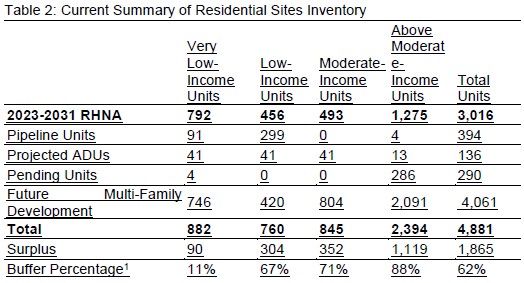

 By Allen D. Payton
By Allen D. Payton

